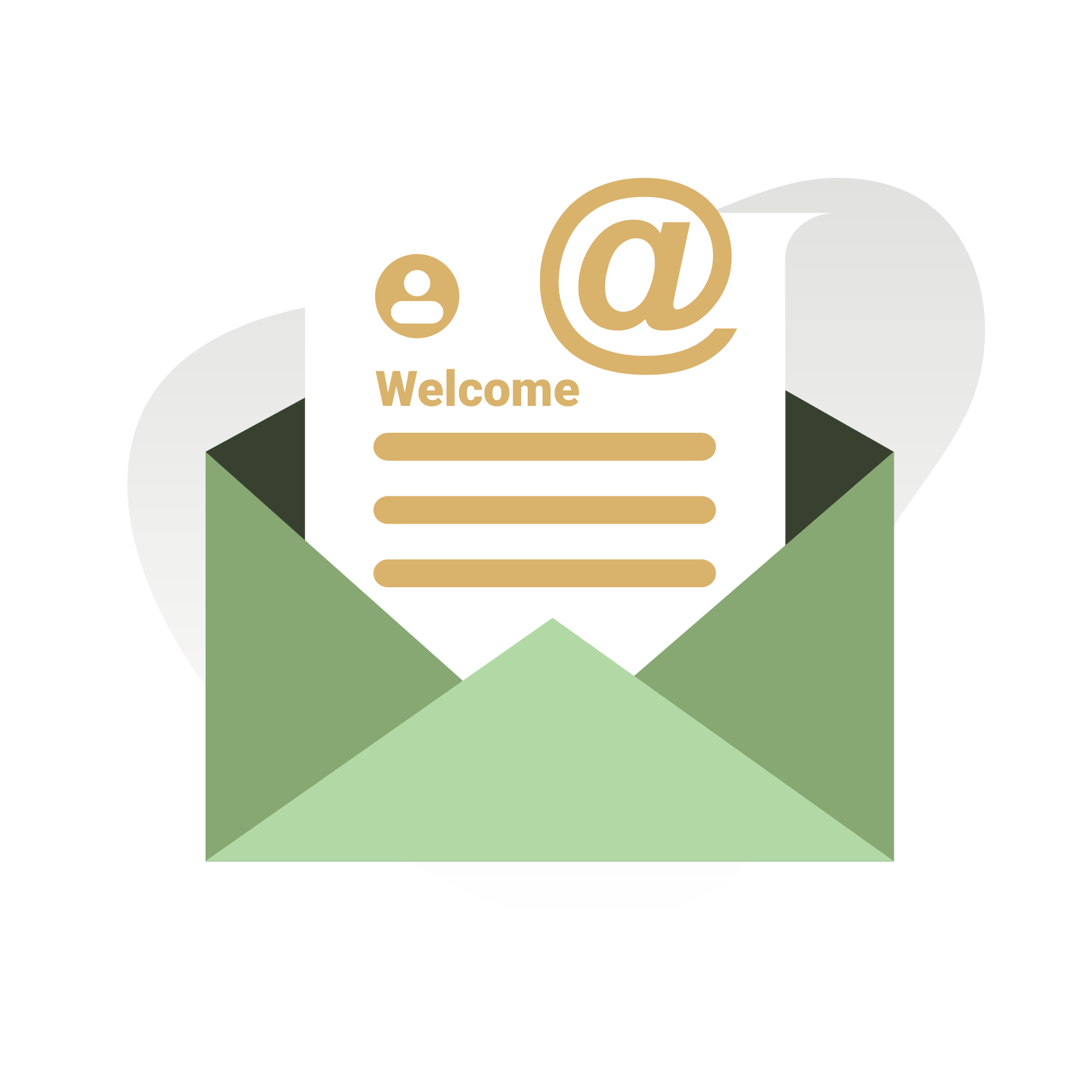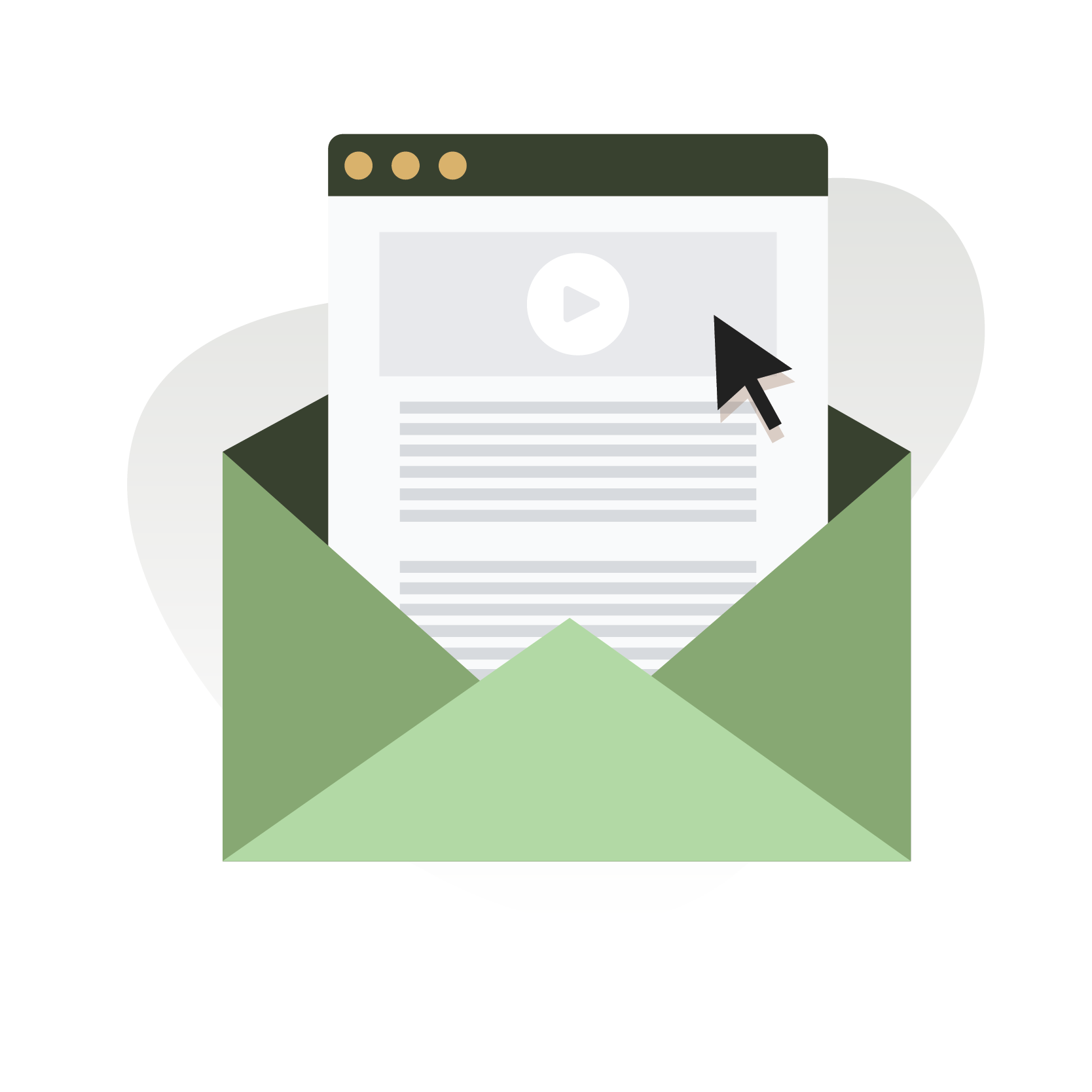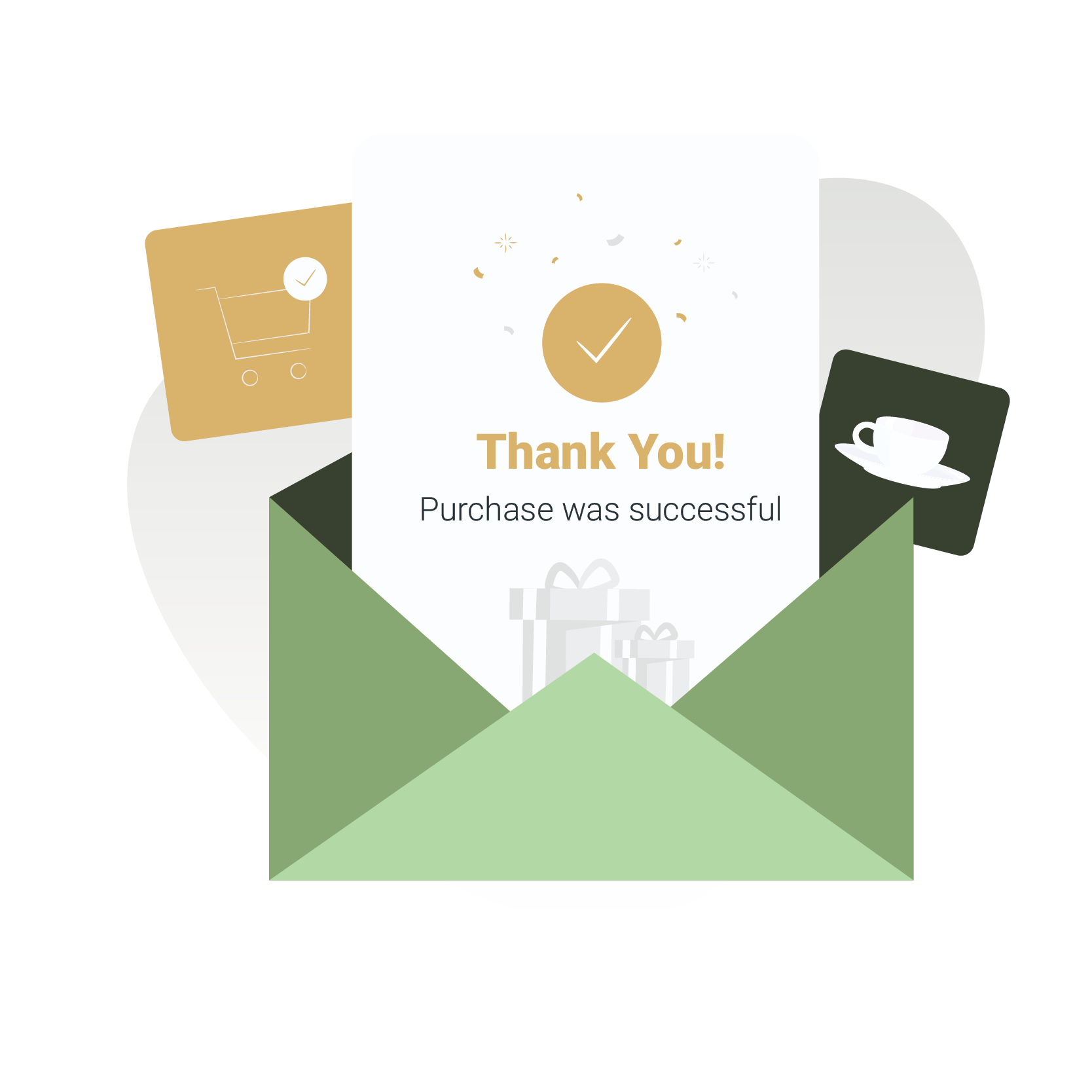
I hope you enjoy reading this blog post.
If you want me to do your marketing for you, click here.
Email Newsletters
Email is a proven technology. It has existed since the 1980s, and email marketing has stood the test of time. Investing in a strong newsletter and an engaged email list is an asset that is unlikely to be replaced in the foreseeable future.
Businesses use newsletters (emails) to share relevant and valuable information with their network of customers, prospects, and subscribers. They give you direct access to your audience's inbox.
The money is in the list, and building your email list can be challenging. Email is one of the most powerful channels your company can leverage; you can significantly increase sales through it, which benefits e-commerce companies, such as online coffee and tea retailers.
Newsletters allow you to send a message to your audience any time (e.g., daily newsletter or weekly newsletter) at effectively no cost. Regular contact with your list builds trust, which, once established, motivates actions.
Your newsletters get to the right people, at the right time, in the right context. Email lists can also be updated to include contacts beyond the digital realm (e.g., people you meet at an event). This adaptability allows you to create and send relevant emails in a range of contexts.
"Our newsletter is mostly made up of people we meet at events. This is where we are focusing aggressively right now because we've done really well with traditional retail, events, and local pop-ups.”
Companies with high-quality newsletters build an engaged audience; such an audience is primed to consume their content and products. You're 40 times more likely to create a new customer through email marketing than through social media.
Email marketing has a significant return on investment (ROI). One study found that businesses earn an average of $43.00 for every dollar invested in email marketing. Newsletters can be incredibly effective for generating product awareness, sales, and customer retention. Brands can use email newsletters to keep their audience aware of their latest content, sales, promotions, or special event deals. An email list is a long-term business asset owned by you that creates revenue and social capital for your company.
When you build an audience on external platforms, such as Facebook, YouTube, or Instagram, you relinquish control. When algorithms change or your interests are not aligned with the platform's interests, your business can lose exposure to these external platforms. An email list, by contrast, is exclusively controlled by you, and there are many tools that you can use to deliver your emails to your audience's inboxes. No specific email marketing tool controls the market.
95% of consumers use email, which means everyone effectively in the market is reachable through newsletters and email marketing efforts. The emphasis is on building a list within your relevant target market. For example, a premium tea retailer would focus on building an email list populated with those interested in specialty loose leaf tea.

See how I can help your tea or coffee business sell more products.
- Strategy: Get a clear direction with insightful marketing and branding strategies.
- SEO: Get colossal amounts of SEO traffic. See actual results.
- Content Marketing: I create epic content that gets you traffic, shares, and links.
- Paid Media: effective paid advertising with clear ROI.
Email newsletters can be incredibly effective for both digital businesses and brick-and-mortar companies. Email marketing is as accessible to a tea room as it is to an eCommerce tea giant; a small or large company can create a great newsletter. This helps level the playing field in digital marketing.
Email marketing requires permission and trust. Sending newsletters through email marketing is based almost entirely on receiving someone's permission to email them. This means there's a natural vetting between cold leads and warm leads, which ultimately lets you market your products more effectively. This element of consent means you can generate better business results by cultivating an audience that wants to hear from you.
Customers want to hear from your business. 72% of customers highlight email as their preferred way for brands to communicate with them. 61% of customers state that they like to receive weekly emails from brands. 28% of customers want to receive more emails from brands. 70% of consumers say they always open emails from their favorite brands.
"Newsletters should provide readers with something they cannot get from your other marketing channels."
By building an email list, creating autoresponder series, and sending broadcast newsletters, you're giving your audience a way to better engage with the content and products you are producing. It's standard practice to use an email newsletter to send great content to your email list (or segments thereof) in a contextually relevant way, which can increase the reach and effectiveness of your content marketing efforts.
To effectively send email newsletters to your customers, technical infrastructure needs to be in place. This requires an email service provider (ESP), which provides specialized email marketing software and delivery infrastructure to businesses. An ESP handles the volume and types of emails sent.
Effective newsletters are partly art and science. Newsletters are often effectively used as an intermediary; they should drive traffic to your content (e.g., blog posts) or products. Newsletters also have elements that marketers need to optimize (e.g., subject lines, copy, design, call to action, list management).
You should have a singular focus in your marketing newsletter. Have one point and one resounding call to action (CTA).
To Determine If Your Email Newsletter Is Successful, You Should Monitor These Metrics.
- Bounce rate: the percentage of emails that don't make it to the reader's inbox. A high bounce rate is indicative of spam.
- Delivery rate: the percentage of emails that are delivered to your audience's inboxes.
- Open rate: this metric indicates topics of interest to your subscribers and the efficacy of subject lines.
- Click-through rate: the percentage of readers who click links in your email and go to your website. This metric connects to your sales goals, so it should be closely monitored.
- Unsubscribes: the number of people who opt-out of receiving your newsletter may indicate poor-performing content or ineffective tactics.
- List growth: the rate of new subscribers; list growth often equates to business growth.
Tracking these metrics for each email newsletter demonstrates the areas in which your marketing strategies are successful and areas that need to be adjusted.
Get Your Quote Featured
If you're in the tea or coffee industry or a subject matter expert, I invite you to share a quote about email newsletters.

Build A Relationship With Your Subscribers.
Your welcome sequence connects your brand with its audience. Get yours today.

Engage Your Audience.
Connect with your audience by promoting your content and offering incentives. Get yours today.

Sell More Coffee.
Promote your products and sell more products. Get yours now.


I hope you enjoy reading this blog post.
If you want me to help you to sell more coffee and tea, book a call.



